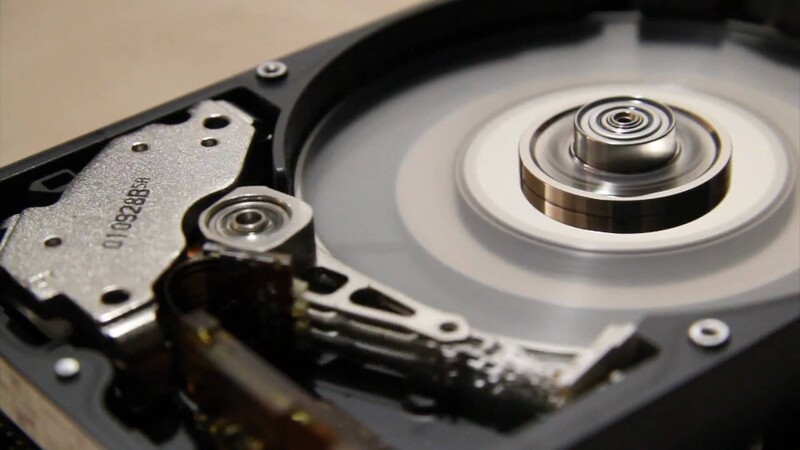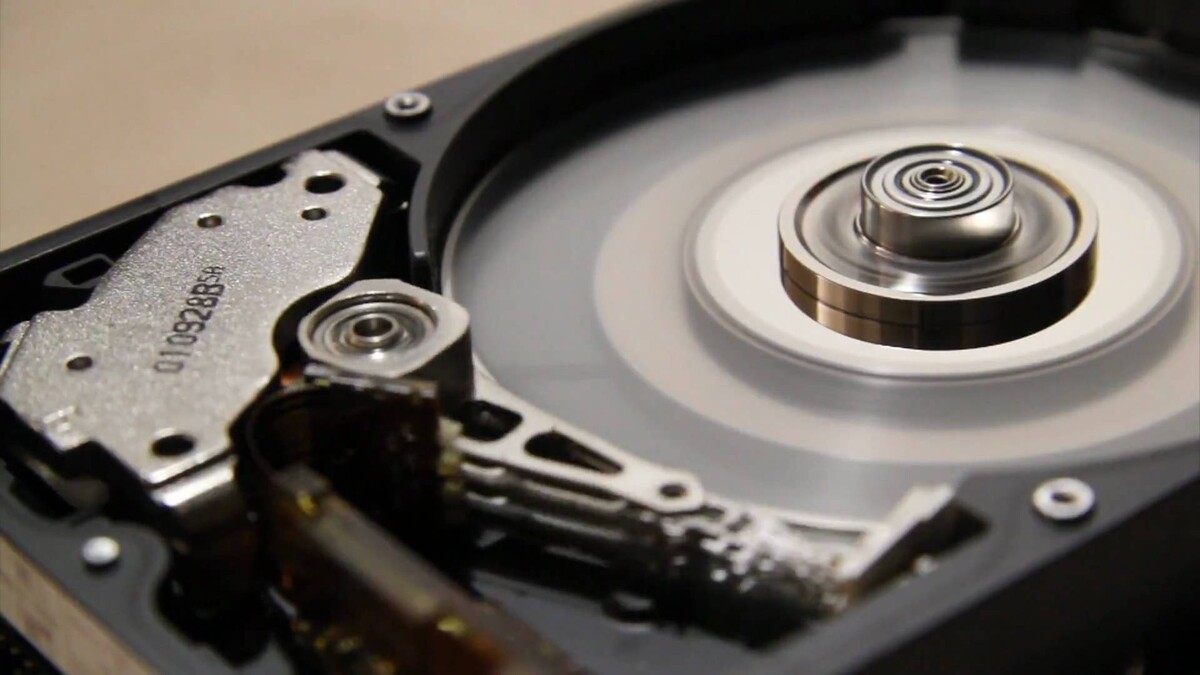The advantages of a Home partition
+ Add to Google News
- Tutorial
- ro
- en
- John Doe
- 2 years ago
- 2021-10-05 08:00:00
- comments
- : 7 minute 8 secunde
- image: Google images
Today, I will talk about the advantages that a / home partition offers, as opposed to a / home directory, namely the use of special data partitions.
"FOR" ARGUMENTS
The desktop and its appearance. All the changes we make to arrange our desktop as it suits us to work efficiently, are stored in the / home directory. Thus, if instead of a directory / home we have a PARTITION (dedicated disk!) For this kind of personal needs, regardless of the number of installations or reinstallations made, these configurations are kept. They simply "inherit"! This generally means "data partition"
applications and their configuration. The same truth applies to the applications we install "manually" (in addition to those pre-installed).
Mail client configuration. For example, I use Thunderbird, because I receive many emails daily (sometimes over 75!) And I need to be able to receive emails very quickly and be sorted automatically, according to certain criteria (filters) set by me! That means using a mail client to download the "pile" to my computer. The mail client runs much faster than the web interface of Google Mail for example, or any other form of webmail. In a few tens of seconds, I have 150 - 200 emails downloaded and centralized, sorted "automatically" by categories, because I structured my "Inbox" by directors and deputy directors, I built filters and thus, the priorities are clear. All of this structure, including incoming mail, is usually stored in the /home/serban/.thunderbird directory.
In short, "everything that moves" on the computer is stored in a series of subdirectories of the directory or, as the case may be, of the partition / home.
If in Windows this was a "given" and changing these configurations was more difficult to do, being valid only for the current installation (Windows lost these configurations to a "clean" installation), in Linux, if you declared at installation that you have a / home partition, this partition replaces the / home directory. It will still exist in its place, but in reality, it is a symbolic link to a / home partition and the contents of the "/ home" directory that can be seen in / are actually the contents of the / home partition. This is the effect of the line presented by me in the / etc / fstab file, from the article “Migrating the / home directory”.
DATA PARTITIONS
I think it is now easy to extend the above experience to the concept of "data partition".
To make it clear, if Linux treats a data partition as if it were an operating system directory, then accessing that data is done by navigating the file system without further complications.
For those who know what "user rights" in Linux / Unix systems (chown and chmod), this opens the prospect of using dedicated data partitions, organized exactly according to the model of / home directories, that is, instead of a video directory, I can put a partition in which to store the video materials, / home / video, in which case everything that is implicitly stored in this directory, will actually end up in the dedicated partition!
[Win partition on Dell N5031]
Personal data / win partition, after resizing and moving. The size of the archive, at the time of capture, was 71.17 GB!
WHY USE DATA SHEETS?
Few understand the philosophy of user rights and often, after a reinstallation, we find that Linux forbids us to open either some important directories or some files we worked on before installation.
This is because Linux is designed to prevent access to other users' files, regardless of who they are, regardless of the machine, except for one: THE RIGHT OWNER!
As in a new installation the user-administrator data are different, the access to their own files is restricted and the only one who has the right to access them is "root", that is, the system administrator!
[Edit-fstab]
How I modified the / etc / fstab file to make the data partitions and their automatic mounting (the ones described above). The last parameter (value 2) produces the file system check (e2fschk) at each reboot.
Backups and their restoration
After 19 years of working with low-level backups, let me say that backing up with bit-level backup-specific utilities such as CloneZilla and Partition Saving Damien Gibouret) is much faster, takes up much less space and RESTORATION is also faster. There are no doubt exceptions. We can make backups with rsync utilities without actually archiving them (archiving also means data compression!), But here are the costs, in my case: my current archive is 74,137.6 MB (72.4 GB) ), without raw videos! If I take into account 100 video files of 1.8 GB… it complicates the story! The backup copy made with CloneZilla (bzip2 archiving) has 56.6 GB (57,958 MB). I therefore gained 15.8 GB.
I want to mention again that this archive has deleted from it the video files (camera footage), .ISO files (Linux distributions) and video projects, which I store on an external HDD !! For video projects, for example, a 15-minute video project has an average of 550 MB. We have already published over 80 videos, some of which exceed 60 minutes…
All this data can be saved at the partition level during backup and restore, it can be done on one or more partitions, selectively, as appropriate!
This special flexibility is what saves a lot of time if something happens with the current installation of the operating system, which is usually installed on the / dev / sda1 partition!
Thus, if my Linux "cracks", the restoration takes only 10 minutes (it's only 8 GB!). Because I just need to restore the operating system!
If all my personal data was stored on the operating system partition (directory / home…), then it would have taken more than an installation (40 minutes), in addition to losing a lot of personal data, as I said above!
There is another advantage here: the operating system partition can be 15 GB, precisely because we have data partitions!
The / home partition for me, for example, occupies 8.8 GB, after I moved all the large files (video, photos, .ISO images, other downloads) while the operating system partition occupies (now, July 26, 2016) 7 , 99 GB. And I have to say, I installed just about everything I needed (including system utilities!). Maybe I'll find out I'm missing something later, or maybe a "new" application will appear - there are already many old applications that have been resumed, after a break of a few years! - because the FOSS world is moving fast and new, interesting projects are appearing. However, even so, it is unlikely that I will exceed 10 GB so soon! Or, the restoration of such a partition is done in maximum 15 minutes, including the file system checks, respectively the integrity of the copy and the restoration!
CAREFUL INSTALLATIONS AND REINSTALLATIONS!
The most obvious advantage of some data partitions, such as the / home partition we talked about the most, is and is clear when we need to change the old operating system with a new version.
Theoretically, it could be an upgrade path. The complexity of modern operating systems, however, makes it much safer to install "cleanly" from the .ISO image file with the new version, as recommended by most Linux distributors. In fact, an upgrade of the operating system can take much longer than an installation of the new version and regressions can occur (damage to installed programs, due to unexpected incompatibilities)!
If I have data partitions, this way is much simpler, because all I have to do is reinstall (restore a backup, if I have !!!) the operating system and the applications I need and which is a infinitely easier job than setting them up!
In the materials (books, courses and videos) from the series "Linux For Home", I will address in more detail the scenarios in which we are most often and the solution that works for me and which I have checked dozens, maybe hundreds of times to date!
Finally, I think this will make those who like to test Linux distributions happy:
It is much easier to install a new Linux distribution when the usual applications are already configured, than to configure them again and again each time you install! The browser and the mail client have the most to suffer, because here are a lot of personal data: in the browser we have the list of sites we like and visit often, or with very useful resources (free books, movies, tutorials, etc. .) and in the mail client, the received mails, the mail accounts with their configurations, the filters according to which we sort these mails, e-mail addresses that are important, downloads of the e-mail attachments.
I end with an example:
When I first installed Mint and opened the browser, I had in it all the pages that I was interested in and that I had opened in Mint before the restart for installation, all the signs put on all the sites that interest me!
I end here and I hope that I have given you enough arguments to move to a more efficient organization of your materials, using DEDICATED PARTITIONS!
By the way, since 1995 I have come to the conclusion that it is to my advantage to partition my disk into at least two: a partition for Windows and one for my data, whatever they may be!
Now, I just made the transition (on another scale and another level of complexity, of course!) From a single data partition (the D: \ disk, in Windows times), to several.
The main inconvenience I encountered was the issue of user rights… Now, I have clarified how to solve this!
- powered by Verysign













